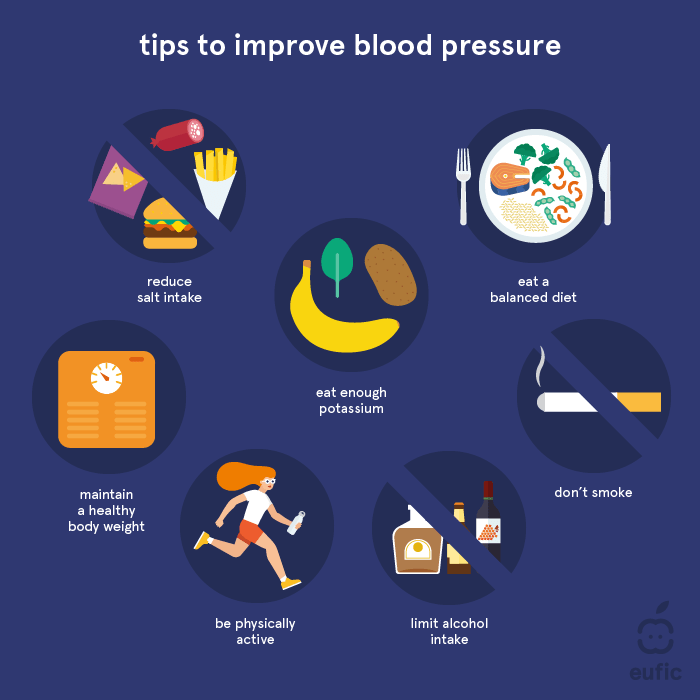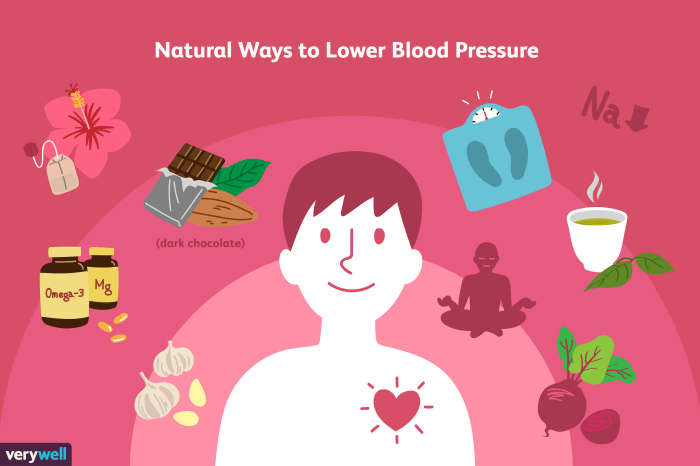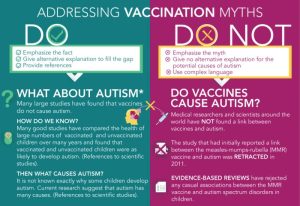
How to manage hypertension with medication and lifestyle changes is crucial for overall health. This guide will explore the effective strategies to control high blood pressure through a combination of medical treatments and lifestyle adjustments.
From understanding common medications to incorporating healthy habits, this comprehensive approach aims to empower individuals in taking charge of their hypertension management.
Medication for Managing Hypertension
When it comes to managing hypertension, healthcare providers commonly prescribe a variety of medications to help regulate blood pressure levels. These medications work in different ways to achieve the desired outcome.
Common Medications for Hypertension
There are several classes of medications used to treat hypertension, including:
- Diuretics: These medications help the body get rid of excess sodium and water, reducing blood volume and lowering blood pressure.
- ACE Inhibitors: These drugs relax blood vessels by blocking the production of angiotensin, a hormone that narrows blood vessels.
- Calcium Channel Blockers: This type of medication prevents calcium from entering the heart and blood vessel cells, leading to relaxation of blood vessels and improved blood flow.
- Beta Blockers: These medications reduce the heart rate and decrease the force of heart contractions, lowering blood pressure.
- ARBs (Angiotensin II Receptor Blockers): ARBs work similarly to ACE inhibitors by blocking the action of angiotensin to relax blood vessels.
Mechanism of Action
Each class of medication works differently to lower blood pressure. For example, diuretics help the body eliminate excess fluid, while ACE inhibitors and ARBs relax blood vessels to improve blood flow. Calcium channel blockers prevent calcium from entering the heart and blood vessel cells, leading to reduced blood pressure, and beta blockers decrease heart rate and cardiac output.
Potential Side Effects and Management
While these medications are effective in managing hypertension, they may come with potential side effects. Common side effects include dizziness, fatigue, cough, and electrolyte imbalances. It is important to consult with a healthcare provider if you experience any side effects, as they can help adjust the medication or suggest alternative options.
Additionally, it’s crucial to follow the prescribed dosage and not discontinue any medication without medical advice.
Lifestyle Changes to Manage Hypertension
Maintaining a healthy lifestyle is crucial in managing hypertension, along with medication. Lifestyle modifications can significantly help lower blood pressure and reduce the risk of complications associated with high blood pressure.
Healthy Weight and Regular Physical Activity
One of the key lifestyle changes to manage hypertension is maintaining a healthy weight. Excess weight puts added strain on the heart and blood vessels, leading to increased blood pressure. By losing weight through a balanced diet and regular exercise, blood pressure can be effectively controlled.
Regular physical activity is also essential in managing hypertension. Exercise helps strengthen the heart, improve blood flow, and lower blood pressure. Aim for at least 150 minutes of moderate-intensity exercise per week, such as brisk walking, cycling, or swimming.
Stress Management and Adequate Sleep
Stress can contribute to high blood pressure levels, so it’s important to find effective stress management techniques. Practice relaxation techniques such as deep breathing, meditation, or yoga to reduce stress levels and lower blood pressure.
Adequate sleep is crucial for overall health and managing hypertension. Lack of sleep can elevate blood pressure and increase the risk of heart disease. Aim for 7-8 hours of quality sleep each night to help regulate blood pressure levels.
Wellness Programs for Hypertension Management

Wellness programs play a crucial role in the prevention and management of hypertension by focusing on a holistic approach that includes physical activity, nutrition, and stress reduction techniques. These programs are designed to empower individuals with hypertension to take control of their health and make positive lifestyle changes.
Incorporating Physical Activity, Nutrition, and Stress Reduction Techniques, How to manage hypertension with medication and lifestyle changes
Wellness programs for hypertension management typically incorporate a combination of physical activity, nutrition, and stress reduction techniques to help individuals achieve better blood pressure control and overall well-being. Here’s how these components are integrated:
- Physical Activity: Wellness programs encourage regular exercise, such as aerobic activities, strength training, and flexibility exercises, to help lower blood pressure, improve cardiovascular health, and manage weight.
- Nutrition: These programs provide guidance on following a heart-healthy diet rich in fruits, vegetables, whole grains, lean proteins, and low-fat dairy products. They also emphasize reducing sodium intake, limiting processed foods, and controlling portion sizes.
- Stress Reduction Techniques: Wellness programs teach stress management techniques like mindfulness, meditation, deep breathing exercises, and yoga to help individuals cope with stress, which can contribute to elevated blood pressure levels.
Benefits of Participating in Wellness Programs
Participating in wellness programs for hypertension management offers a wide range of benefits for individuals with high blood pressure. Some of the key advantages include:
- Improved Blood Pressure Control: By adopting a healthy lifestyle through wellness programs, individuals can effectively lower their blood pressure levels and reduce the risk of complications associated with hypertension.
- Enhanced Overall Health: Engaging in regular physical activity, eating a balanced diet, and managing stress not only benefit blood pressure management but also contribute to better overall health and well-being.
- Support and Accountability: Wellness programs provide a supportive environment where individuals can connect with others facing similar challenges, receive guidance from health professionals, and stay accountable to their health goals.
- Long-Term Disease Prevention: Through sustained lifestyle changes promoted in wellness programs, individuals can lower their risk of developing other chronic conditions, such as heart disease, diabetes, and stroke.
Herbal Remedies for Hypertension
Herbal remedies have been used for centuries in traditional medicine to help manage various health conditions, including hypertension. While some herbal remedies may show promise in lowering blood pressure, it is essential to understand the evidence supporting their effectiveness and any potential risks or interactions with conventional medications.
Common Herbal Remedies for Lowering Blood Pressure
Several herbs are commonly used to help lower blood pressure naturally. Some of the most popular herbal remedies for hypertension include:
- Garlic: Known for its cardiovascular benefits, garlic may help lower blood pressure by relaxing blood vessels.
- Hawthorn: This herb is believed to improve blood flow and reduce blood pressure by dilating blood vessels.
- Hibiscus: Hibiscus tea has shown potential in reducing blood pressure due to its diuretic properties.
- Olive leaf extract: Rich in antioxidants, olive leaf extract may help lower blood pressure by improving artery function.
Evidence Supporting Herbal Remedies
While some studies suggest that certain herbal remedies can help lower blood pressure, the evidence is not always conclusive. For example, garlic has shown some promise in reducing blood pressure in clinical trials, but more research is needed to confirm its effectiveness.
Similarly, hawthorn and hibiscus have been studied for their potential benefits on blood pressure, but further research is required to establish their efficacy.
Potential Risks and Interactions
It is crucial to consult with a healthcare provider before using herbal remedies for hypertension, as they may interact with conventional medications or pose risks for certain individuals. For instance, garlic supplements may enhance the effects of blood-thinning medications, leading to an increased risk of bleeding.
Additionally, hibiscus may have a diuretic effect, which could interact with other diuretic medications and lead to electrolyte imbalances.
Blood Pressure and Heart Rate Monitoring
Regularly monitoring blood pressure and heart rate is crucial for effectively managing hypertension. By keeping track of these vital signs, individuals can assess the effectiveness of their treatment plan and make necessary adjustments to maintain healthy levels.
Measuring Blood Pressure at Home
To accurately measure blood pressure at home, follow these steps:
- Sit in a comfortable position with your back supported and feet flat on the floor.
- Rest for 5 minutes before taking your blood pressure.
- Wrap the blood pressure cuff snugly around your upper arm at heart level.
- Inflate the cuff according to the device’s instructions.
- Slowly deflate the cuff while listening for your heartbeat using a stethoscope or digital monitor.
- Record the systolic and diastolic readings.
Interpreting Changes in Blood Pressure and Heart Rate
Changes in blood pressure and heart rate can indicate how well hypertension management strategies are working. For example:
- A decrease in blood pressure and heart rate may suggest that lifestyle changes and medication are effective.
- An increase in these readings could signal a need for adjustments to the treatment plan.
- Consistently high blood pressure or irregular heart rate may require immediate medical attention.
Fitness Goals and Exercise for Hypertension: How To Manage Hypertension With Medication And Lifestyle Changes
Regular exercise is crucial for managing hypertension as it can help lower blood pressure, improve heart health, and reduce the risk of complications. Setting appropriate fitness goals and designing an exercise routine tailored to individual needs is essential for effectively managing hypertension.
Examples of Fitness Goals
- Incorporate at least 30 minutes of moderate-intensity aerobic exercise, such as brisk walking or cycling, into your daily routine.
- Aim to engage in strength training exercises, like weight lifting or bodyweight exercises, at least 2-3 times per week to improve muscle strength and overall fitness.
- Work towards achieving and maintaining a healthy weight through a combination of regular exercise and a balanced diet.
Benefits of Regular Exercise
Regular exercise offers numerous benefits for individuals with hypertension, including:
- Lowering blood pressure levels over time.
- Improving cardiovascular health and reducing the risk of heart disease.
- Helping with weight management and improving overall fitness.
Tips for Designing an Exercise Routine
- Consult with a healthcare provider or a fitness professional to create a personalized exercise plan that takes into account your current fitness level and any underlying health conditions.
- Start slowly and gradually increase the intensity and duration of your workouts to prevent injury and allow your body to adapt to the exercise.
- Include a mix of aerobic exercises, strength training, and flexibility exercises in your routine for overall fitness and health benefits.
Diet Planning for Hypertension Management
To effectively manage hypertension, it is crucial to pay attention to your diet. Certain dietary choices can help lower blood pressure and improve overall heart health.
DASH Diet and its Effectiveness
The Dietary Approaches to Stop Hypertension (DASH) diet is a well-known eating plan recommended for individuals with high blood pressure. This diet emphasizes consuming fruits, vegetables, whole grains, lean proteins, and low-fat dairy products while limiting sodium, saturated fats, and added sugars.
Studies have shown that following the DASH diet can significantly reduce blood pressure levels and lower the risk of cardiovascular diseases.
- Focus on consuming plenty of fruits and vegetables, which are rich in potassium, magnesium, and fiber that help regulate blood pressure.
- Choose whole grains such as brown rice, quinoa, and whole wheat bread over refined grains to improve heart health.
- Opt for lean protein sources like poultry, fish, beans, and nuts to reduce saturated fat intake.
- Limit your sodium intake by avoiding processed foods, canned soups, and salty snacks.
- Include low-fat dairy products like yogurt and skim milk for their calcium and protein content.
Following the DASH diet can lead to a significant decrease in blood pressure levels within a few weeks of consistent adherence.
Tips for Meal Planning and Healthy Food Choices
Creating a meal plan that aligns with the DASH diet can make it easier to stick to healthy eating habits and manage hypertension effectively.
- Plan your meals in advance to ensure you have nutritious options readily available.
- Read food labels to identify hidden sources of sodium and opt for low-sodium or salt-free products.
- Cook at home more often to have better control over the ingredients and cooking methods used.
- Experiment with herbs and spices to add flavor to your dishes without relying on salt.
- Avoid sugary beverages and opt for water, herbal tea, or freshly squeezed juices instead.
Final Wrap-Up

In conclusion, by embracing a holistic approach that includes medication, lifestyle modifications, and regular monitoring, individuals can effectively manage hypertension and improve their quality of life. Empower yourself to make positive changes today!
Commonly Asked Questions
Can herbal remedies alone effectively lower blood pressure?
Herbal remedies can complement conventional treatments, but it’s essential to consult with a healthcare provider before relying solely on them.
How often should blood pressure be monitored?
Regularly monitoring blood pressure at home is recommended, especially for individuals with hypertension, to track changes and adjust treatment plans accordingly.
Is the DASH diet suitable for everyone with hypertension?
The DASH diet is generally beneficial for individuals with hypertension, but personalized dietary recommendations from a healthcare provider are crucial.







